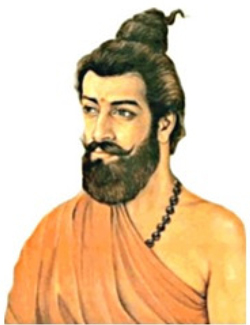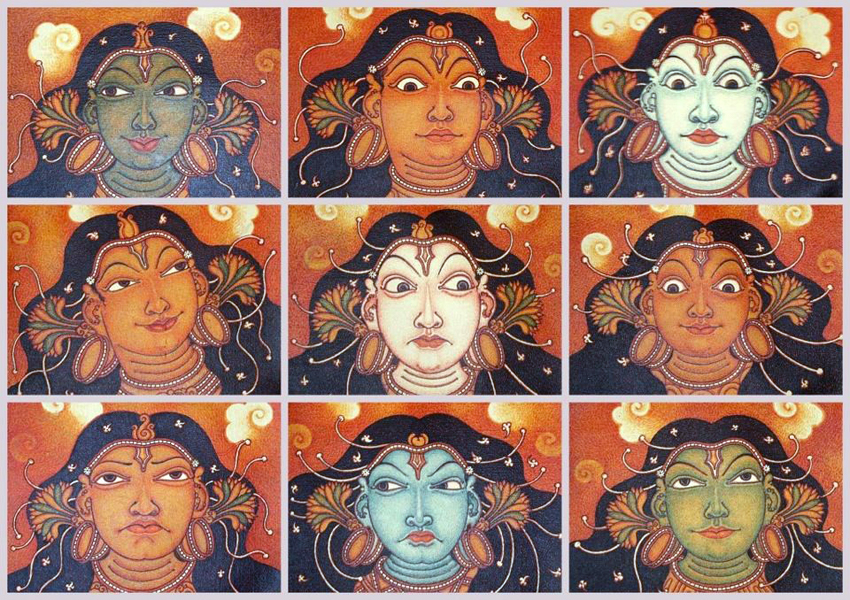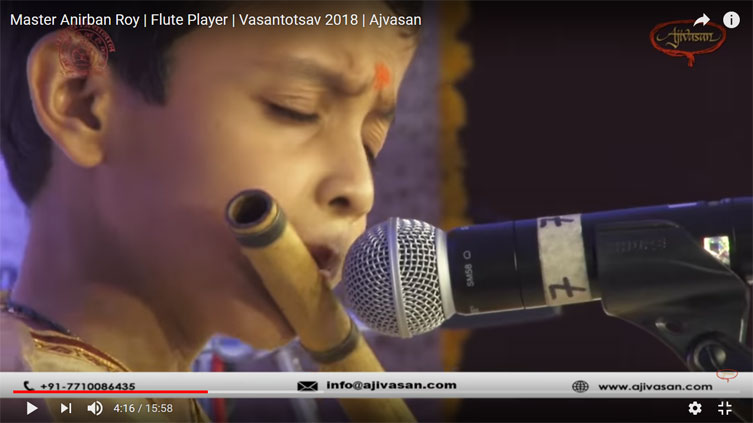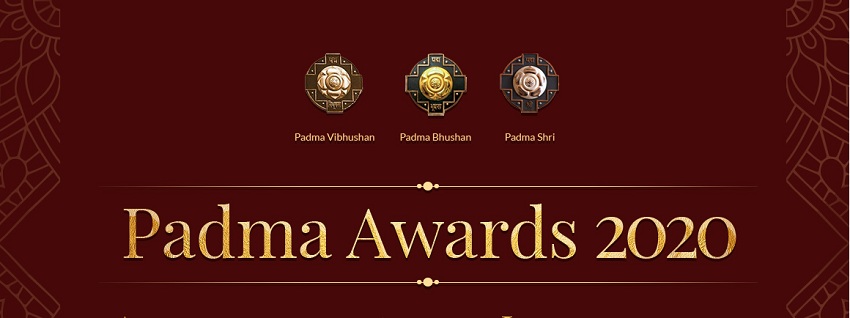Dancing is the poetry of the foot. Poetry is an integrated form of art and classical dance is described as visual poetry – the foremost amalgamation of art which has been characterized by the Natya Shastra of Bharata Muni. Praised as the prime treatise of performing arts, Natya Shastra is a text that covers almost all aspects of performances and has also been vastly accepted beyond geographical boundaries. Consisting of 36 chapters and six thousand verses, it is the first available text in Sanskrit for Indian classical art forms including dance, music and theatre with vivid descriptions minutely laying out the intricacies involved in each subject.

Natya Shastra begins with a conversation of several sages with Bharata muni. The sages say that although all the Vedas consist of all knowledge that mankind needs for elevation, they are not easily accessible or understandable to all humanity. Therefore, there is a need for a comprehensible approach to gain spiritual knowledge and practise it at all socio-economic levels in the human population. In response to this question, Bharata muni seeks the assistance of the creator – Brahma and composed the Natya Shastra by taking one feature from each of the Vedas.
jagrah pathyamrigvedat saamato geetameva cha
yajurvedadabhinayan rasanarthavanadapi (Natyashastra 1:17)
“He obtained the narratives from the Rigveda, the music and songs from the Samaveda, abhinaya from the Yajurveda and the rasas from the Atharva veda.”
Thus becoming an abstract extraction of all the four Vedas, the Natya Shastra came to be praised as the fifth Veda. Describing every facet of performing arts, Natya Shastra sheds light on stage, participants, body language, music, expression, movement of each body part and also tools used for theatrical arts.
After a description of how the text was composed and vividly recounting the construction and interiors of the auditorium and green rooms, Bharata muni illustrates in chapter 4, how performance was done for Lord Shiva by the first disciples of dance.
After receiving approval from Lord Shiva, Bharata muni then moves on to elaborate all the elements of Natya.
A convoluted explanation of poorvaranga forms the official beginning of Natya. Poorvaranga is a word that is used to describe all components that need to be given attention prior to any performance. This includes the stage location, adornment, positioning of decors, prayers to be done and positioning of musicians and narrators. Following this, the most important topics of visual arts are discussed – rasa (expression), bhava (emotions) and abhinaya (expressive dance). Natya Shastra is the first text that mentions rasa, amplifying it in all senses by describing sthayi bhavas (basis of expression), sancharis (elaboration of expression), dividing the rasas as ashta rasas, colours depicting the rasas and respective devatas of each rasa. Bharata mentions eight rasas and Shanta rasa was included at later stages.
SRngArahAsyakarunA raudra vIra bhayAnakA
bIbhatsAdbhuta sangyo cetyaSTau nATye rasAh sMRtA (Natyashastra 1:16)
Bhava is also elaborated in a similar manner as rasas. Abhinaya is given significance by defining the various expressions made by different body parts involving the head, eyes, neck, hands and make up for the overall get up. Movements – chari and gati and postures – mandala together with dialogue – the vachika abhinaya form integral parts of performance according to Natyashastra.
A beautiful narrative of different types of poetry, melodies and languages that may be used for the theatre is also detailed.
Atibhashaaryabhasha cha jaatibhasha tathaiva cha
Tatha yonyantari chaiva bhasha natya prakeertitah (Natyashastra 18:26)
Ati bhasha is used in the context of divinities and arya bhasha is used for kings. Jati bhasha is the language used for common communication and yoni bhasha is used to depict communication of birds and animals.
When Bharatamuni describes Aharya or decoration he takes account of the adorning of artists as well the stage. Various types of costumes and jewellery are accounted with respect to the situation depicted. Stage decorations are given equal importance whereby Bharata illustrates how various scenes can be shown in performance.
Examples of these are portraying daylight, moonlight, light variations for fear and showing the seasons.
With Natyashastra being the first text to mention raga, music has gained a noteworthy implication through Bharata muni. The music system is based on scales (murchhna) and modes (jati). The seven notes of music are expanded and various musical instruments are also exemplified. Portrayal and imitation of sounds of nature is also an integral part of the music as per the Natyashastra.
Finally, the Natya Shastra describes the propagation of this performing art throughout the human population beginning from the divinities. Propagation of the treatise was combined with numerous commentaries in contemporary times. The Abhinava Bharati of Shri Abhinava Gupta is one of the most famous commentaries. With such vast inclusions of classical performing arts, covering a large wavelength of each aspect, it is not an exaggeration that Bharata muni says:
na tajgyanam na tacchilpam na saa vidya na saa kalaa
naasao yogo na tatkarma natyesmin yanna drishyate
shrutismritisadachara parishesharthakalpanam
vinodajananam loke natyamestad bhavishyati (Natyashastra 1:117, 123)
“There is no knowledge, art, intellect, yoga that it not mentioned in this Natya Shastra. This will be a successful and entertaining technique that will propagate the Vedas, Shastras and good character”.
In this way, Natya Shastra represents a complete and holistic text, not only in the context of Indian performing arts but also about individual upliftment in life, in a subtle way.









